Intel is preparing a new generation of desktop CPUs for the second half of the year. After three Alder/Raptor Lake generations on LGA 1700, it will be an all-new Arrow Lake architecture, with Core Ultra CPUs and an all-new LGA 1851 socket. Information about the first models is starting to appear, beginning with the cheaper SKUs: the Core Ultra 5 240F, which should be the next-gen successor to the popular cheap Core i5 ships. Read more “Cheap Arrow Lakes: Core Ultra 5 240F to have two versions again”
AMD launches FSR 3. Open source-frame generation for all GPUs
Last week at Gamescom, AMD added two new SKUs to its Radeon RX 7000 graphics card line-up, the RX 7700 XT and RX 7800 XT. But there were also other, more software-side news – the upcoming FSR 3 or FidelityFX Super Resolution 3 technology, featuring the so-called Fluid Motion Frames. It is an open-source alternative to Nvidia’s DLSS 3 technology that will work on a broad portfolio of GPUs, including older generations. Read more “AMD launches FSR 3. Open source-frame generation for all GPUs”
Vertex GX-850 or entry level ATX 3.0 PSU by Seasonic
What kind of power supply tests would it be without Seasonic represented? Under this brand, which has long held one of the best reputations among computer power supplies, there are already three lines of power supplies with support for the ATX 3.0 standard. In the tests we will focus on the most affordable one, the Vertex GX. Before we get into the electrical measurement results though, let’s go over the basic design details. Read more “Vertex GX-850 or entry level ATX 3.0 PSU by Seasonic”
Nvidia unveils DLSS 3.5: Better ray tracing not only for RTX 4000
Nvidia has now announced a new iteration of its DLSS AI upscaling technology, following on from the third generation or DLSS 3 from last year. However, the new DLSS 3.5 is somewhat confusingly named, as it is to some extent more of a continuation of DLSS 2.x – this improvement will not depend on DLSS 3 (also referred to as Frame Generation). That means it works on older GeForce RTX 2000 and RTX 3000 generation graphics cards. Read more “Nvidia unveils DLSS 3.5: Better ray tracing not only for RTX 4000”
Do you want to help HWCooling? Discuss (constructively)
If you take the time after reading one of our articles and feel like leaving a comment in the discussion, we’d love to hear from you – you’ll be supporting us more than you might think. Of course, the bottom line is “having something to say” and the main goal is to increase the value of the articles through your comments. Feel free to oppose our claims or you can confirm them from your experience. Read more “Do you want to help HWCooling? Discuss (constructively)”
BeQuiet! pushes efficiency with new Shadow Base cases
BeQuiet! is introducing a fourth line of cases – Shadow Base to the current trio (Dark Base, Silent Base and Pure Base). The first models in the 800 series are smaller than the Dark Base Pro 901, but with more emphasis on cooling efficiency than the Silent Pure Base. BeQuiet! is building the main key points on this too, and there is something to it. If only for the fact that they used fans that have a higher efficiency compared to older models. Read more “BeQuiet! pushes efficiency with new Shadow Base cases”
Threadripper Pro 7995WX: 96 cores, 5.15 GHz, record performance
AMD’s Zen 4 processors achieved performance leadership in servers with the 96-core Epyc 9004 “Genoa” (and the 128-core cloud version “Bergamo”). Now this technology is branching into high-end desktop and workstations. The release of Ryzen Threadripper processors with Zen 4 architecture is probably closing in, as a production sample has leaked in the Geekbench benchmark – and it’s the highest SKU that will lead the whole line-up. Read more “Threadripper Pro 7995WX: 96 cores, 5.15 GHz, record performance”
Scythe Kaze Flex II 120: Wild ride in reverse
Clockwise rotation fans are quite a rarity, you don’t normally come across them. However, Scythe, for example, makes such models and for good reason. Why not take it the other way around? In terms of standalone operation, of course, it doesn’t matter. In series, in the position of the second fan, it is possible to achieve higher cooling performance on CPU coolers compared to using fans with the same direction of rotation. Read more “Scythe Kaze Flex II 120: Wild ride in reverse”
Arctic’s “P” line of 80 mm fans now includes the Max model
A smaller fan format does not always have to mean low airflow. To achieve comparable results to larger cross-section models, there needs to be higher rpms and with them higher noise levels, but as long as you accept this, and you don’t really have much choice due to the size constraints, the new P8 Max fan seems like an attractive option. And most importantly, it’s one of the few of its kind. Read more “Arctic’s “P” line of 80 mm fans now includes the Max model”
Corsair 2000D Airflow: Tall case with a small footprint
Although the choice of components for SFF cases is often limited to a certain size, this is not the case with the Corsair 2000D Airflow. Not when it comes to a graphics card or CPU cooler. Aside from the fact that this case only takes up a very small area on the desk/ground, it can also impress with huge perforations on each side. We’ll break down the sum of all the positives and negatives in this review, which traditionally includes cooling tests as well. Read more “Corsair 2000D Airflow: Tall case with a small footprint”
Pentium is gone, but dual-cores live on: “Intel 300” is coming
Last year, Intel announced the end of the once famous Celeron and Pentium brands that have since been relegated to the bottoms of lowend, with cheapest CPU lines no longer bearing any special name. Such E-Core-only “Intel Processors” have appeared in laptops, but desktop has note yet caught up with the rebranding – until now. Desktop “Intel processor” SKUs will however be based on the big cores. You’ll still only get dual-core, though. Read more “Pentium is gone, but dual-cores live on: “Intel 300” is coming”
Valkyrie X12: Impressive rotor, a bit undermined by the motor
You might be saying that you know the rotor of this fan and that Valkyrie was inspired by the Gentle Typhoon D1225C a little too much. But that’s okay. Mainly the positives were taken from said template and the biggest negative – high vibrations – was avoided. And although some things could still be worked on, in the context of ARGB LED models the X12 fan fares quite well. Read more “Valkyrie X12: Impressive rotor, a bit undermined by the motor”
New Silicon Motion controller will make PCIe 5.0 SSDs low-power
PCIe Gen5 SSDs have so far been the domain of Phison, whose E26 controller has a pretty high power draw, and there are reports of throttling or even system crashes due to overheating of these SSDs. Silicon Motion controllers will quite possibly solve this, as their power draw is supposed to be significantly lower. It turns out then not just the lower-tier ones, but even the high-performance SM2508 design will be quite efficient. Read more “New Silicon Motion controller will make PCIe 5.0 SSDs low-power”
Analysis: The main reasons why fans vibrate
We pay close attention to fan vibration in our tests, as it clearly indicates the mechanical qualities of the design. However, it is always good to have an idea why some fans vibrate more, others less, some not at all. And we will deal with this in more detail in this article, which is based on our own experience, but also on notes from fan developers. Can a cheap fan reach high speeds without vibration? Read more “Analysis: The main reasons why fans vibrate”
Intel’s 4nm process: Meteor Lake processors will reach 5.1+ GHz
Not long ago, we wrote here about the clock speeds expected from Intel’s first 4nm processors, the mobile Meteor Lake. There were widespread concerns that this new technology would again suffer from clock speed regression, as seen with Intel’s early 10nm process. Recently, however, things are starting to look positive, and so Meteor Lake could end up doing very well, with these processors running above the 5.0 GHz threshold. Read more “Intel’s 4nm process: Meteor Lake processors will reach 5.1+ GHz”
Psychoacoustic optimization of coolers… A gag? Physics
“Modifying” a cooler by replacing the fan with a relatively more efficient model may not always lead to the desired result. Sometimes you will get significantly less improvement than you would expect, other times you may even be worse off. This means that at equal noise levels, you will achieve lower cooling performance, and it doesn’t really matter what fan you use. Sometimes the design of the heatsink has the final say. Read more “Psychoacoustic optimization of coolers… A gag? Physics”





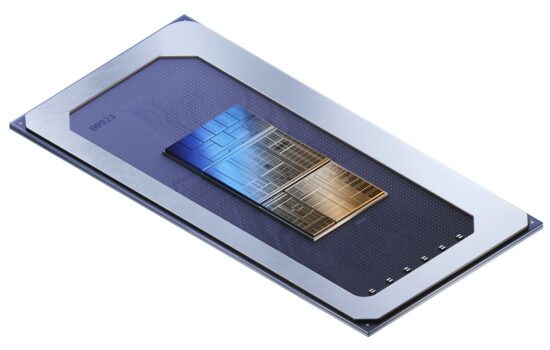

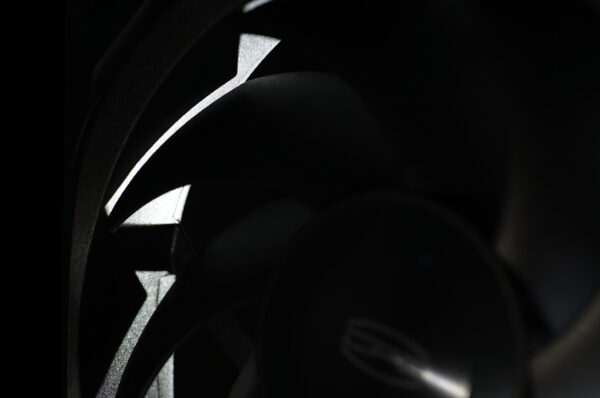


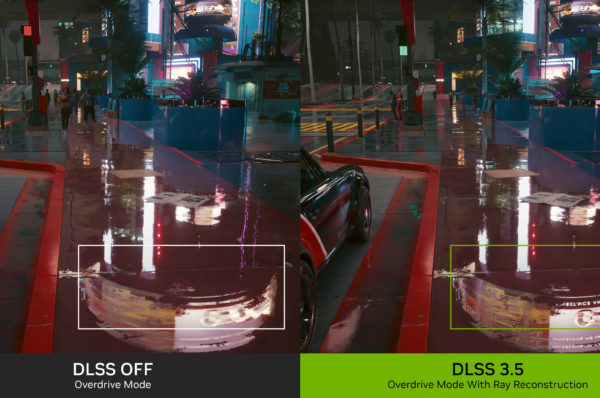


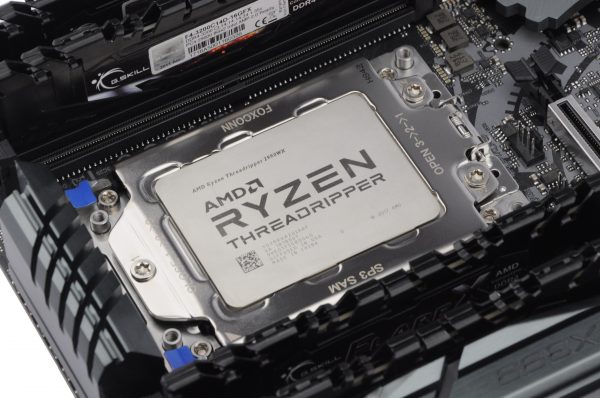
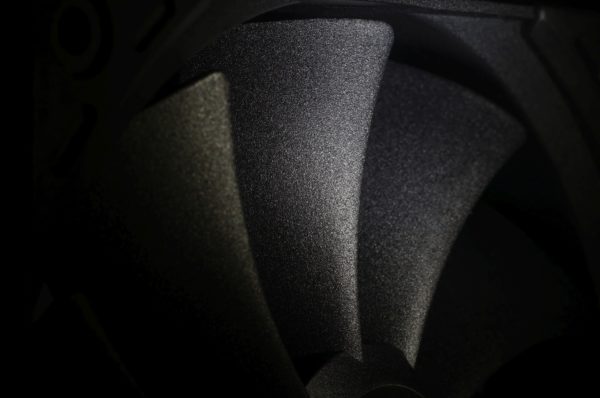
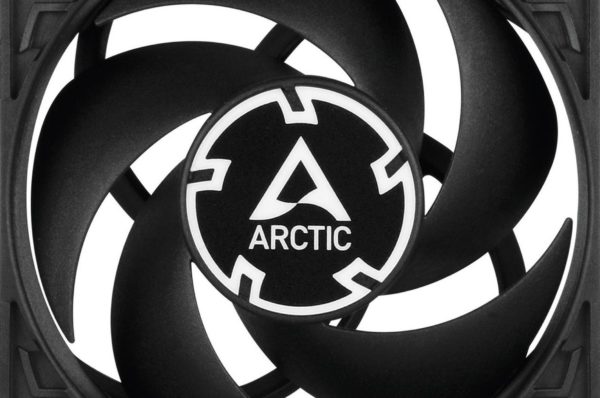
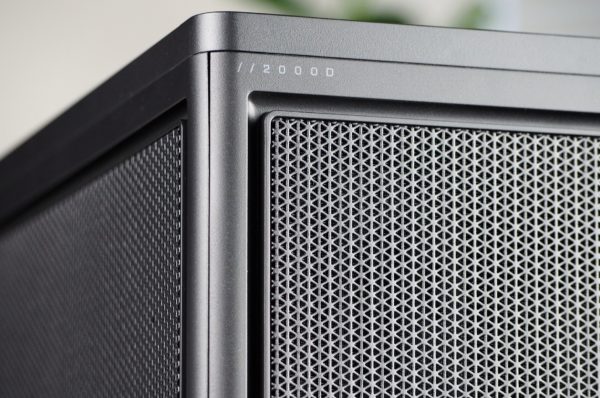
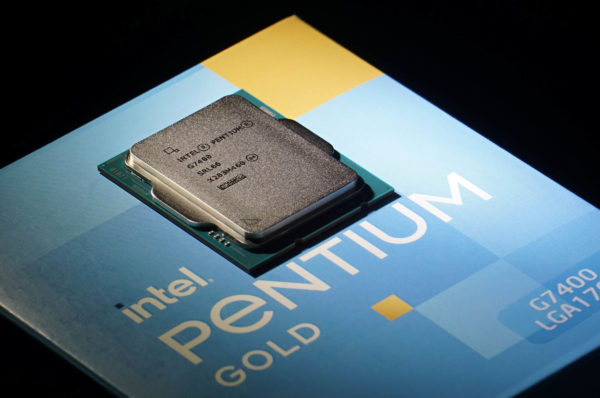

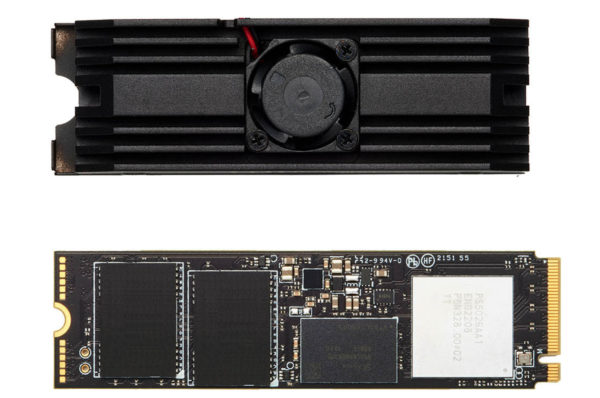
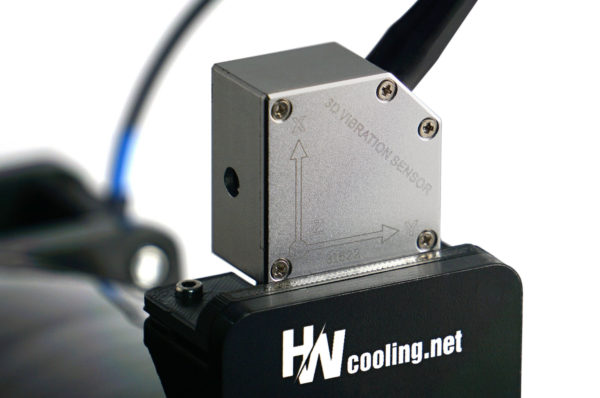
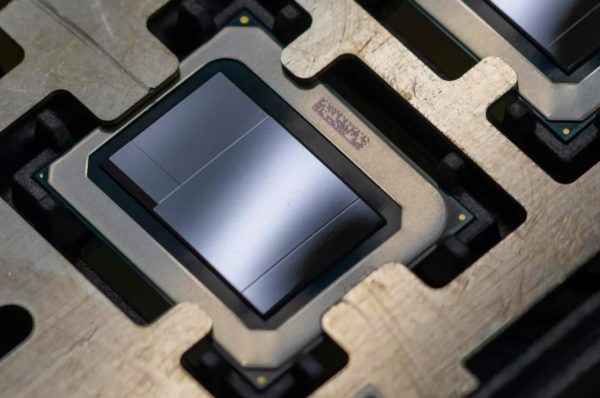




Latest comments